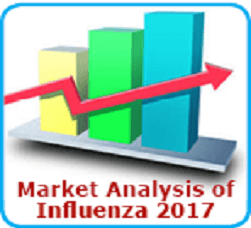
Misgana Bancha1
Ethiopian Public Health Institute
Title: Influenza Outbreak Investigation, Dangur District, Ethiopia, 2016
Biography
Biography: Misgana Bancha1
Abstract
Influenza is a significant source of morbidity and mortality and is estimated to result in up to five million cases and 250,000 to 500,000 deaths worldwide each year. The outbreak reported from Dangur district on 18-March-2016. We investigated to identify risk factors and to recommend control and prevention measures. Unmatched case control study was employed. Study subjects (50 cases, 100 controls) were interviewed. Cases were defined as any person, with sudden onset of fever >38ºC and cough or sore throat in the absence of other diagnosis. Controls were any person having the same characteristics with cases except having history of the above signs and symptoms. Medical records reviewed and suspected cases were identified from 09-Feb-2016 to 07-Apr-2016. Nine throat swab samples taken to confirm the diagnosis. Data was analyzed by using Epi-info version 7.1. We identified 433-suspected influenza cases with three deaths. Of the cases, 235(54.3%) were males. Attack-Rate was 6.8 per 1000 (7.3 in males and 6.2 in females per 1000). It affected all age groups with highest AR (18 per 1000) among 0-4 age groups. Factors associated with illness were having close contact with patient (OR: 3.27; 95%CI: 1.4-7.4, p=0.0044) and age (OR: 0.09; 95%CI: 0.03-0.2, p=0.00). From the samples tested, seven confirmed positive. The study uncovered the occurrence of pdmH1N1 influenza virus in Dangur district. Having contact with cases is 4.1 times more likely to contract the disease and being at age group >5years is 0.09 times protective of contracting the disease. Strengthening routine surveillance is recommended.

